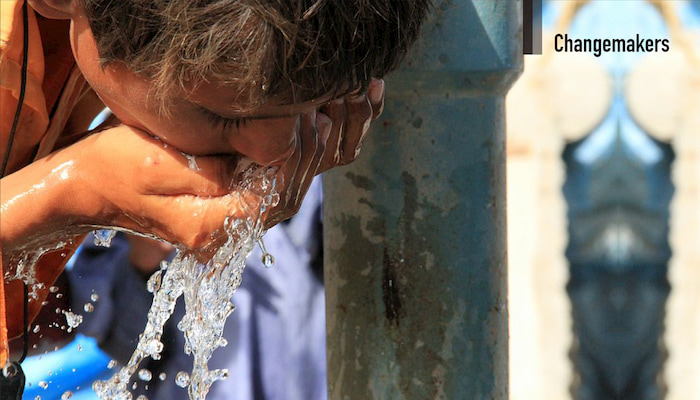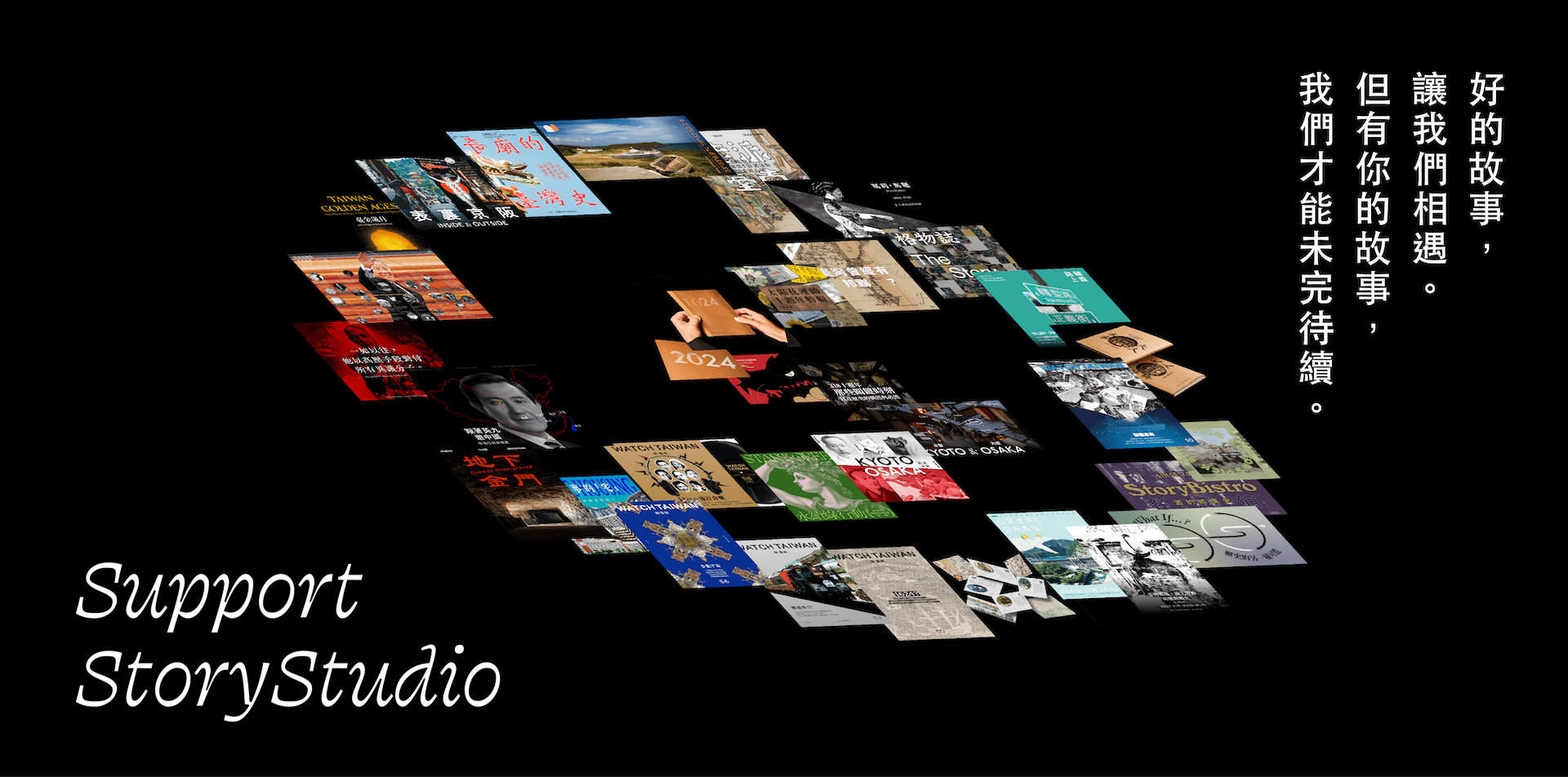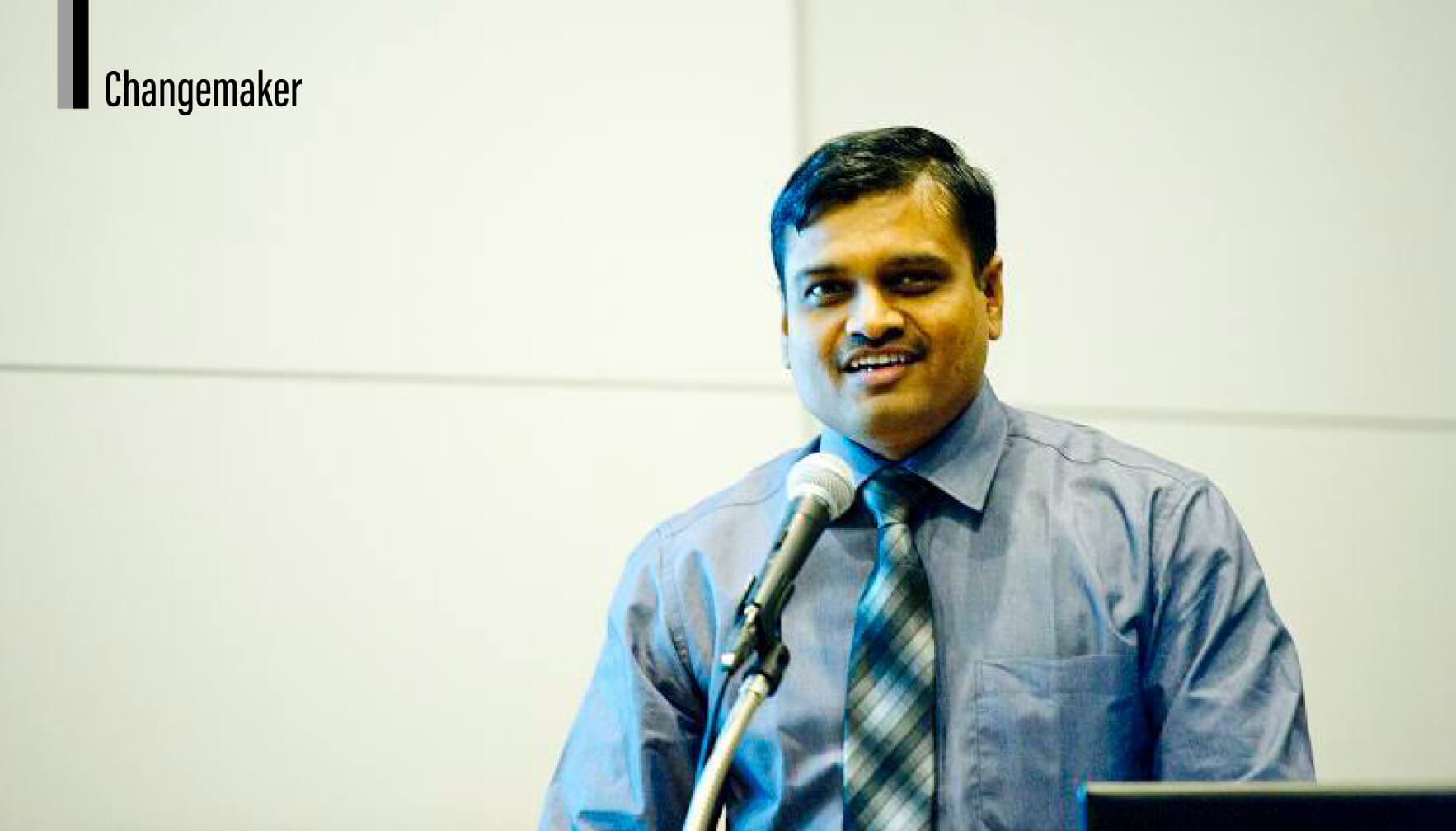On the streets of rural Bangladesh, one can see three things other than people: trash, urine, and water. In terms of hygiene, the three are essentially the same for the local people.
In Bangladesh, to drink water is to drink poison. In 2018, Science Daily coined the water in Bangladesh the “king of poisons.” One in 20 deaths there is caused by drinking water.
As of 2017, 48 million Bangladeshis were infected, and 43,000 died from diseases. As of today, nearly 20 million Bangladeshis live in danger. That is close to the population of Taiwan.
Before 1970, villagers in Bangladesh mostly used pumps they constructed or rainwater collected from their roofs or the ground as their water sources. Infants often suffered microbial infections or gastrointestinal diseases. When Bangladeshi parents talked about this issue, they had to admit that giving water to children was, to a degree, killing them.
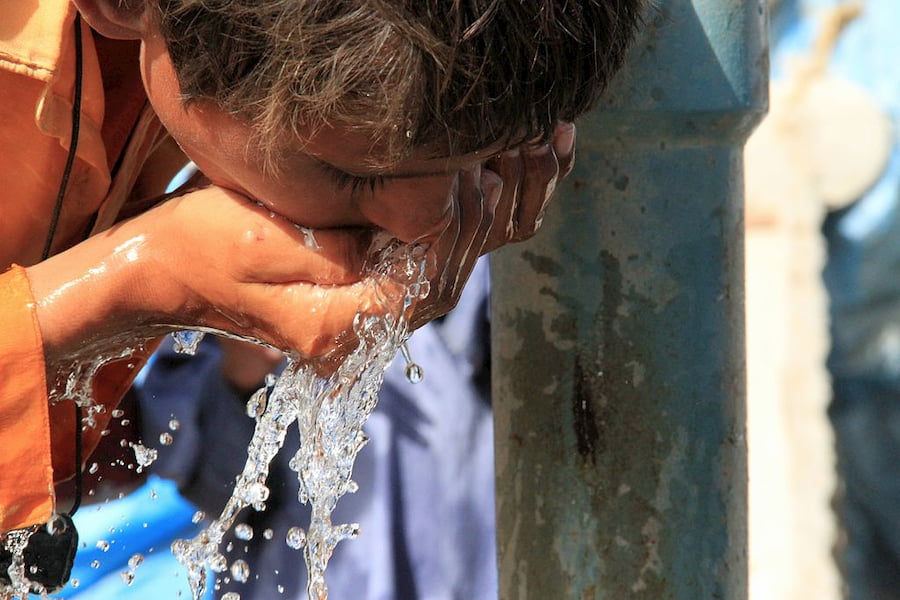
The Strangest Poison in the World
In the 1970s, after Bangladesh declared independence, the government finally dug wells and built public pumps thirty meters below ground, which happened to be where the dissolved heavy metal arsenic gathered. Drinking the water from the pumps meant drinking the colorless and tasteless arsenic and chlorine.
At the time, Bangladeshis had yet to enjoy the benefits of independence. Instead, they suffered from filth, extreme poverty, and corruption. For over half Bangladeshi population, per capita income was less than US$1 per day.
For a Bangladeshi, having clean water means having everything in the world. A middle-aged woman, Siaton Nessa, came from a small chicken-farming village in Meherpur District. She complained to a BBC reporter, “My lungs are dry. I have wounds all over my body. My heart often feels bad. I have a lot of physical problems. My joints and my hips often ache.”
“I can’t work anymore. The only thing I do right now is sit on a chair while my family cooks for me. If they don’t, then I don’t get anything to eat.” She leaned closer to the reporter, saying, “This is my state.”
“My life is pretty much over, but I still have many children who want to get married. Because of the water pollution, none of them can.” Nessa shook in her gold-lined sari that was wrapped around her but could not conceal her sorrow.
For Bangladeshis, unlike skin lesions, mottled teeth, various infections and gangrene, and lung and heart diseases, the inability to marry is what makes a Bangladeshi lose their value. If a woman cannot marry, she faces the risk of rape.
With marriages in mind, many people dug 150-meter-deep wells in front of their homes to obtain water with a heavy metal content lower than the World Health Organization (WHO) standard.
In early 2000, a social enterprise, Drinkwell, was born in Bangladesh.
The Founding of a Water Company Promoted Bangladeshis’ Marriages
Drinkwell was founded not for Bangladeshi’s marriages but for popularizing clean water resources.
The grandfather of the founder, Minhaj Chowdhury, died from water pollution. Chowdhury was born in the United States, but his parents chose to live in Bangladesh. In 2009, Chowdhury obtained subsidies and decided to return to the village where his parents had grown up so that he could filter water for the villagers.
In that year, Chowdhury and his German roommate, John, traveled to a small village in Bangladesh, where they provided 100 water purifiers for 100 families. The top layer of the water purifier was sand for filtering out iron, and the bottom layer was a device for filtering out arsenic. They hired a 24-year-old woman, Shikha. Shikha had only one task: changing the sand in the water purifier for the users each week.
At the launch ceremony of Drinkwell, Shikha stood by John. John was tall and stout, and being white, he immediately attracted the attention of the local media photographers. Shikha was in those photos.
The photos were carried in local media. Later, whenever Shikha appeared in the village, many villagers crowded around her. She was like a star, and her parents immediately married her off to a good family in the capital, Dhaka.
Without informing Drinkwell, Shikha stopped working. After a couple of months, 97 of the 100 water purifiers were scrapped.
This failure was jokingly called the “John Effect” by the Drinkwell team. From this experience, Drinkwell found an opportunity for transformation. They started to establish community drinking water ATMs.
“These users pay for the water, and the revenue goes toward repairing and maintaining the community drinking water ATMs,” added Chowdhury.
The System Operation and Core of Drinkwell
An aqua blue tin house stands in a Bangladesh village, and outside it hangs many flowers offered by the villagers. “Withdrawing cash from an ATM is no longer popular. Now the capital has established many new ATMs, from which people withdraw not money but pure water,” reported a news anchor on the Bangladesh TV station BTV.
Praise from the villagers has flooded in: “The water quality is much better than in the past.” “This system saves us a lot of time.” “We no longer suffer from gathering drinking water.”
Outside the tin house, villagers are queuing to get water. Each holds a small blue card. After they place the card in the card slot outside the house and press the confirm bottom, water flows from the faucet.
Similar to the EasyCard in Taiwan, the small blue card stores value and can be used to conduct micropayments. For the equivalent of US$0.05 to US$ 0.1, they can get 20 L of water.
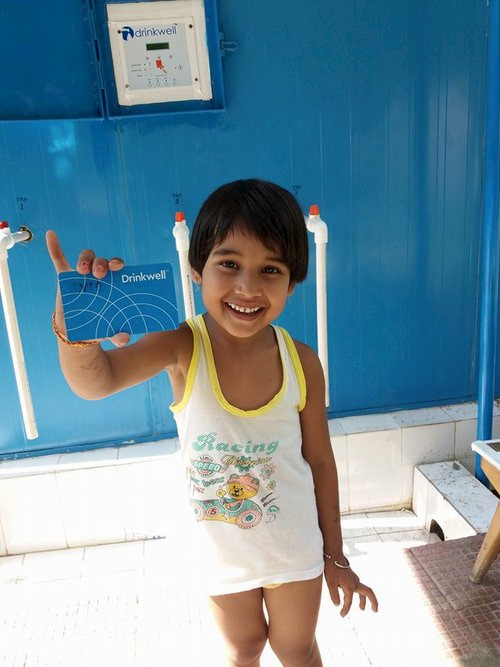
Opening the blue iron door, we see several buckets. These buckets and the nearby pipelines compose the Drinkwell filtration system. The buckets contain iron sand and their exclusive component—HIX resin.
These seemingly ordinary brown beads are the core of the filtration system. They guarantee that 99% of the water can be used after filtering.
More importantly, these resin filters can be used for up to 5 years and are recyclable. For Drinkwell, these materials are the key to cost savings.
The buckets with HIX resin and iron sand filter out the chlorine and heavy metals such as arsenic from the ground water. After being filtered, the water is stored in a big water tower for people to use.
People use the electronic ATMs to purchase water resources. The water-filtration method seems complicated. Does the Drinkwell water purification plant actually suit Bangladesh, a country lacking infrastructure?
In fact, other than the electricity for elevating the ground water, the rest of the processes of the Drinkwell water purification plant rely on gravity. This is critical for an area with an unstable power supply. Residents do not need to sacrifice water resources due to energy problems.
The low cost and high efficiency of the facility paved the way for the future expansion of Drinkwell.
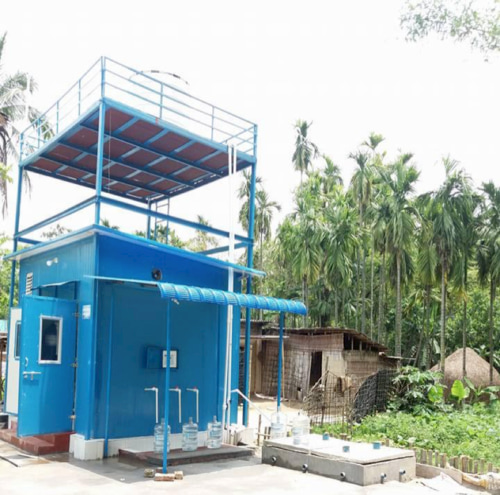
The Secret Weapon for Drinkwell to Expand Its Scale
The scale of Drinkwell is a consensus between Chowdhury and its investors.
“We never compromise on the operation and quality of the filtration system. Still, we ensure that the system can generate a profit,” said Chowdhury, the founder of Drinkwell, in an interview.
“We do not only cooperate with NGOs; more importantly, we cooperate with the government.”
When Drinkwell was first founded, it was founded as an NGO. They obtained a budget from the government for construction projects. However, the government often delayed payments. This led to slow progress on the projects, and the organization accumulated debt.
“From places other than the government, we obtained cash flow to resolve these problems. Even if the government works at a slow pace, we can still guarantee that the company’s cash flow will not be affected,” explained Chowdhury.
“The cash flow from non-government sources” enabled Drinkwell to survive in Bangladesh. When selecting locations, Drinkwell evaluated whether the local market was sufficiently large to ensure that their filtration system could turn a profit without subsidies.
Drinkwell also induced a 5A principle, based on which they decide whether to establish a filtration system.[1]
In addition to providing system services, Drinkwell also encouraged women in local communities to use small loans to build water purification plants of their own.
In an interview, Chowdhury pointed out that in India and Bangladesh, one very rarely finds a man with a kettle gathering water. The burden of gathering water resources often falls on women. “You can never find a man who is gathering water.”
Through the power of community women, villagers create job opportunities and pay more attention to the maintenance of the filtration system.
Chowdhury discovered that autonomous fundraising by residents was more suitable for places like India and Bangladesh, for the water purification plants did not need to rely on charity from enterprises or slow government projects.
“To resolve the water crisis, we cannot rely only on fragmented government organizations,” said Chowdhury, “If you visit some villages, you will be surprised that people are highly efficient in businesses such as grocery stores, barbershops, or beauty salons. The people also have good business sense.”
From 2013 to 2014, Drinkwell established approximately 32 filtration systems. At that time, over 100 construction projects were underway. Now, most of them have been completed.
Drinkwell’s footprints can be found in South Asia and Southeast Asia, in Bangladesh, India, Cambodia, Nepal, and even Kenya, far away in Africa. In many countries with water resource problems, the famous blue houses of Drinkwell can be found.
The project that was Chowdhury’s greatest source of pride was in a small village in West Bengal, India.
At that time, the only water source in the town was found to have 12 mg of fluoride. The WHO standard was only 1.5 mg. But in 2016, after Drinkwell came to town, the local water quality improved significantly, and the fluoride content was reduced to under 1 mg, which is the equivalent of Taiwan’s daily water.
To date, Drinkwell has served over 250,000 people. “Our goal is to serve over 5 million people in 5,000 villages by 2020,” said Chowdhury, who hoped that he could eventually become a world-class expert on filters.
The Bangladeshi Government
It is a pity that although Drinkwell can reduce diseases and make a profit, it cannot alter the poverty of Bangladesh or its deformed social structure. In today’s Bangladesh, Drinkwell is only a social enterprise, not a superhero. After all, the governance of the city is still in the hands of government officials.
What efforts have the Bangladeshi government expended on water resources? In 2018, the Water Supply and Sewerage Authority (WASA) in the capital of Bangladesh, Dhaka, finally cooperated with Drinkwell and conducted experimental projects. Drinkwell’s construction projects have many times been claimed to be government achievements by officials at various levels.
“We believe that change can be real. We believe in the reformation of water resources. Dear President, you not only created history and will continue to create new history… We are no longer just part of the history, but we participated in part of the creation,” said the head of WASA.
In 2019, the Bangladeshi government finally announced an investment of US$200 million to build more pumps and pipeline systems as well as to dig deeper wells.
This investment was questioned by Professor Lex van Geen at Columbia University. van Geen has been studying the arsenic pollution problem in Bangladesh for a long time. “These traditional pipelines cost hundreds or thousands of US dollars, but they can only resolve a small portion of the pollution problems,” he stated.
“In addition, residents who need deep wells have to pay 10% of the cost.”
“When we calculate the money the government invests, each Bangladeshi resident needs to pay approximately US$150 in taxes. However, there is a better method, in which they need to pay only US$1 each.”
No one can understand the Bangladeshi government’s purpose in overinvesting in water resources. In addition to corruption, poverty, and child marriage, to date, Bangladesh still has 20 million people who cannot obtain water that is free of arsenic.
Most of Chowdhury’s time this year has been spent traveling in Bangladesh and India, in their difficult farming villages and semi-urban areas. As he describes it, “I’ve returned to a ‘bustling life.’”
“What is funny is that several years ago, my parents moved from Bangladesh to the United States. In theory, they have provided a better life for my younger sister and me. However, for Drinkwell, I am back in Bangladesh, while my parents have moved permanently to the United States,” said Chowdhury with a smile.
When Chowdhury established next year’s goals for Drinkwell, he had a special view of South Asian countries: “It may be a weird way to put it, but in Bangladesh and India, where there is chaos everywhere, this situation gives me a new sense of excitement.”
A business organization that solves social, environmental, and welfare issues using its business model. For instance, a social enterprise may create jobs for the underprivileged and offer products or services that are socially responsible or eco-friendly. Profit made by social enterprises are used primarily for re-investment to continue solving social or environmental issues. Social enterprises do not work towards achieving maximum benefits for their investors or business owners.
[1]5A: Awareness: whether the residents are aware that Bangladesh has severe water problems. Affordability: whether the local purchasing power allows for purchasing water resources. Access: Ensuring that water resource delivery can be smooth. Ability: Whether the local enterprise and engineering capabilities are strong enough. Finally, after-sales service ensures system operation.
